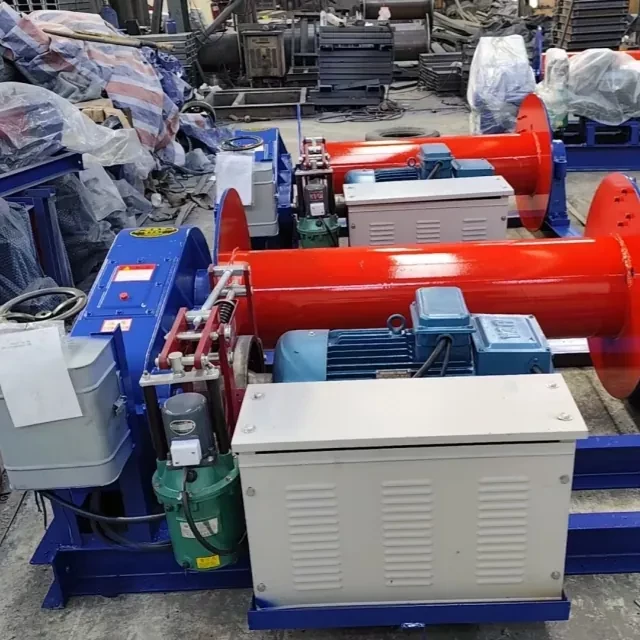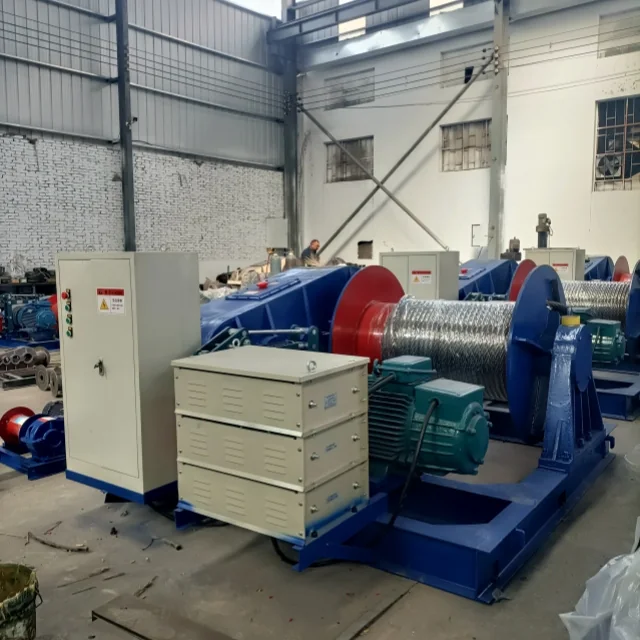When your vehicle gets stuck in mud, sand, or rocky terrain, a winch isn’t just a tool—it’s your lifeline. Selecting the right winch and using it correctly can mean the difference between a smooth recovery and a dangerous mishap. This guide breaks down winch mechanics, selection criteria, and safety protocols to ensure you’re prepared for any off-road or emergency scenario.
Understanding Winch Mechanics and Applications
Core Components and Their Roles
A winch consists of four key parts:
- Motor: Powers the drum (electric motors are common for off-road use; hydraulic suits heavy-duty industrial tasks).
- Drum: Holds the rope or cable, spooling it in/out during operation.
- Gear Train: Converts motor power into pulling force (planetary gears offer compact strength).
- Control System: Handheld remotes or dash-mounted switches for operation.
Ever wondered why winches have different gear ratios? Higher ratios provide slower but more powerful pulls—ideal for steep inclines.
Common Scenarios Requiring Winch Intervention
- Mud/Snow Recovery: Requires steady pulling to avoid sudden load shifts.
- Rock Crawling: Demands precise anchoring to prevent vehicle rollovers.
- Emergency Towing: Winches can drag disabled vehicles onto flatbeds (use a pulley block to double capacity if needed).
Choosing the Right Winch System
Matching Load Capacity to Vehicle Weight
For a 4,500 lb SUV on a 30-degree incline:
- Multiply the Gross Vehicle Weight Rating (GVWR) by 1.5–2.0 (reference: industry standards).
- Result: You’d need a 6,750–9,000 lb winch.
Pro Tip: Garlway’s 8,000-lb electric winch suits this range, offering a balance of power and portability.
Electric vs. Hydraulic Winches: Pros and Cons
| Type | Pros | Cons |
|---|---|---|
| Electric | Lightweight, easy installation | Drains battery; overheating risk |
| Hydraulic | Unlimited runtime (runs off power steering pump) | Complex setup; bulky |
Synthetic Rope vs. Steel Cable Durability
- Synthetic Rope: Lighter, floats in water, and safer if snapped (no whiplash). However, degrades under UV exposure.
- Steel Cable: More abrasion-resistant but hazardous if frayed. Requires gloves and frequent lubrication.
Think of synthetic rope like a climbing harness—forgiving under stress but needing careful upkeep.
Safe Operation and Maintenance
Anchoring Best Practices for Mud, Sand, and Rocks
- Mud: Use a "deadman" anchor (buried spare tire or shovel).
- Sand: Bury a sand anchor at a 45-degree angle.
- Rocks: Wrap straps around boulders, not sharp edges.
Preventing Cable Snapback and Motor Overheating
- Spool Under Load: Keep tension on the cable to prevent loose wraps.
- Cool-Down Breaks: Run the winch in short bursts (3–5 minutes max under heavy load).
- Use a Damper: Place a heavy blanket over the cable to absorb energy if it snaps.
Post-Recovery Inspection and Maintenance
- Rope/Cable: Check for fraying, kinks, or UV damage.
- Motor: Clean dirt/debris; inspect electrical connections.
- Lubrication: Apply grease to gears and cable (monthly for frequent users).
Did you know? A frayed steel cable can lose up to 40% of its strength—visual checks are non-negotiable.
Conclusion: Your Winch Safety Checklist
- Calculate Capacity: Always overshoot by 1.5x your vehicle’s weight.
- Anchor Smartly: Match the anchor to terrain type.
- Inspect Religiously: Replace damaged ropes/cables immediately.
For reliable recovery tools, explore Garlway’s range of winches designed for extreme conditions—where engineering meets durability.
Next time you’re off-grid, ask yourself: Is my winch ready to be the hero of the journey?
Related Products
- Electric and Hydraulic Winch for Heavy Duty Applications
- Warn Winch Windlass Boat Trailer Winch
- Electric 120V Boat Winch by Badlands
- Best 18000 Pound Drum Anchor Trailer Winch
- 12000 lb Heavy Duty Electric Boat Winch
Related Articles
- How Winch Technology Solves 5 Critical Heavy-Load Challenges
- How to Choose the Right Winch Power Source for Off-Grid Operations
- How Electric Winch Components Dictate Performance and Durability
- How Electric Winches’ Engineering Enhances Efficiency and Safety in Heavy-Duty Applications
- How Quick Winch Rope Speed Transforms Industrial Efficiency





















